Color psychology and its effects in living spaces
Colors play a central role in the design of our living spaces – and often unconsciously affect our mood and behavior. Those who engage with color psychology in interior design quickly realize: The choice of wall color, furniture, or decor influences far more than just the appearance. Colors can make rooms appear larger, cozier, cooler, or more vibrant. When colors are used intentionally, they create not only a harmonious atmosphere but also a home that truly feels good.

Understanding the psychological impact of colors in the home
Each color evokes different emotions: Blue has a calming effect and promotes concentration – ideal for bedrooms or workspaces. Green represents balance and brings a sense of nature into the room. Yellow encourages creativity and joy of life, while Red conveys energy and warmth – but can also quickly become dominant. Those who understand the effect of colors in living spaces can strategically set accents or influence the overall mood of a room. This applies to wall colors as well as to furniture or home accessories.

Warm and cool colors: How they influence the room's effect
Colors make rooms appear visually larger, smaller, wider, or cozier. Warm colors like red, orange, or terracotta create a sense of comfort and make large spaces cozier. They are particularly well-suited for living and dining areas. Cool colors like blue, turquoise, or gray, on the other hand, appear open and calm – perfect for small spaces where one wants to create an illusion of more space. The conscious choice of warm or cool tones helps to intentionally shape the room's effect and enhance the desired room feeling.

How colors influence our mood and well-being at home
A consciously designed color concept in your own home can sustainably improve well-being and mood. Bright, natural tones such as beige, sand, or sage green have a relaxing and harmonizing effect – ideal for a calm atmosphere in the bedroom or living room. Vibrant colors like mustard yellow or petrol blue can be inspiring and stimulating – perfect for creative areas or the home office. Colors have the power to calm, motivate, or comfort us.
Those who pay attention to the emotional impact of colors in their decor not only create stylish spaces but a true home.


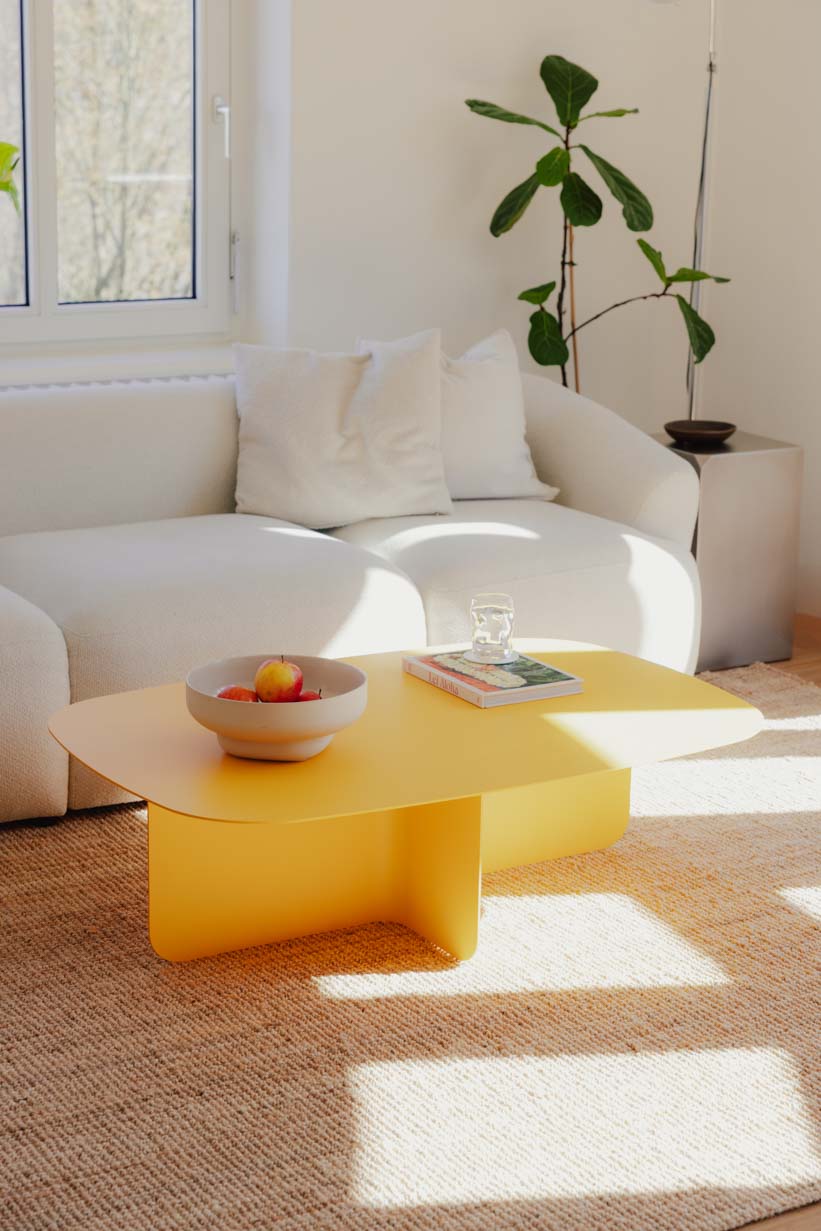
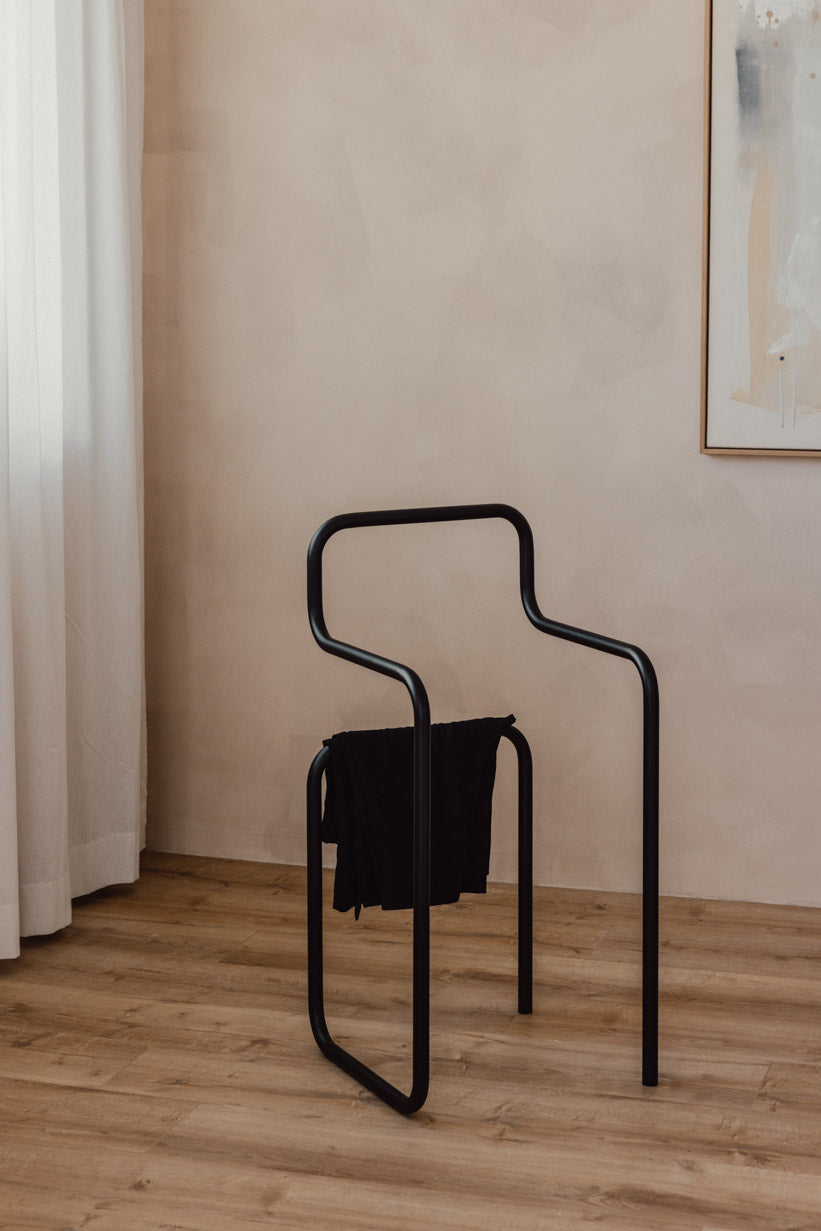


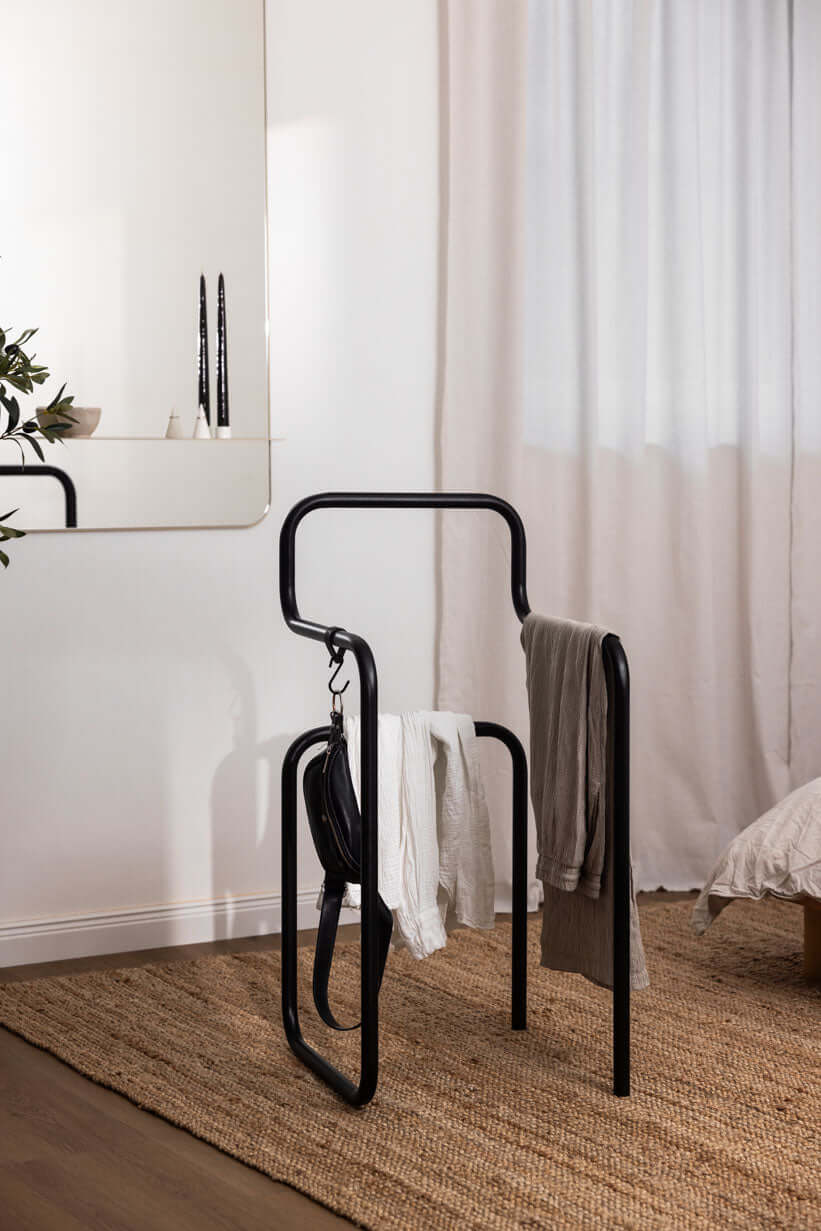
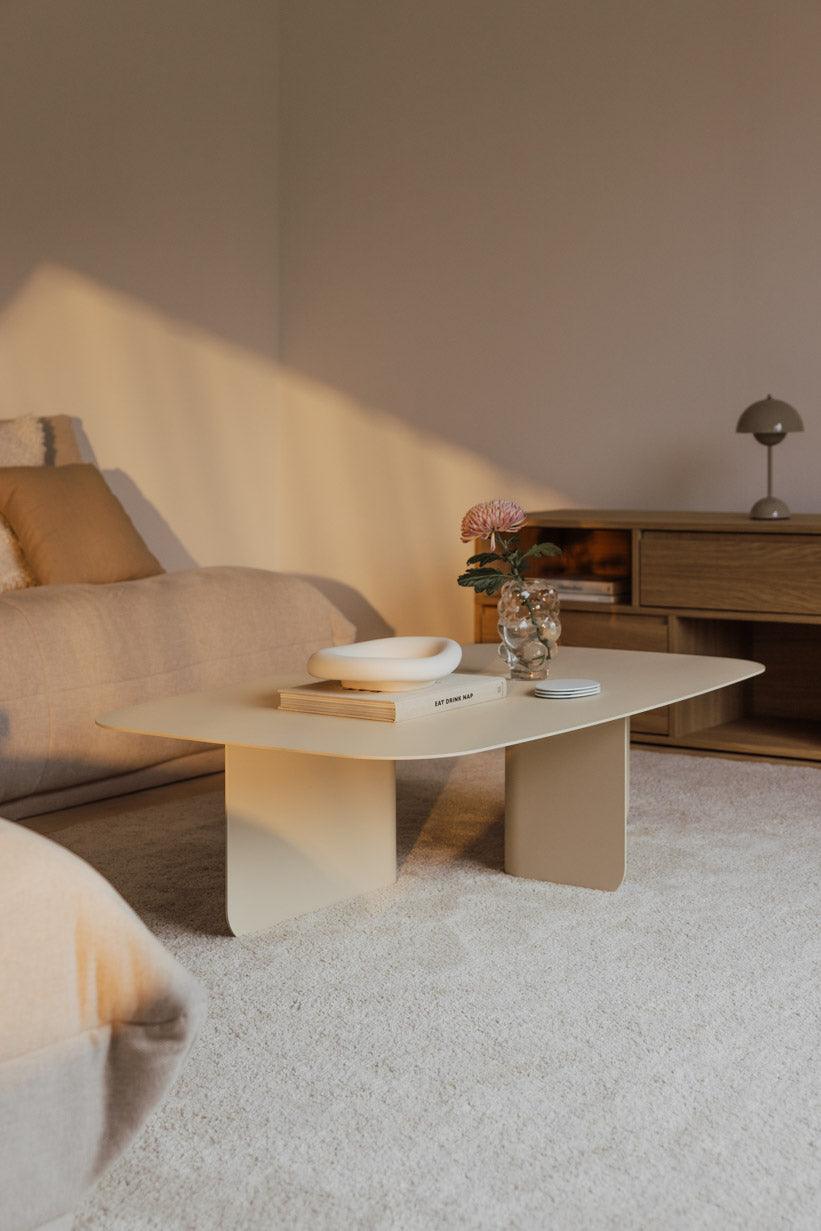
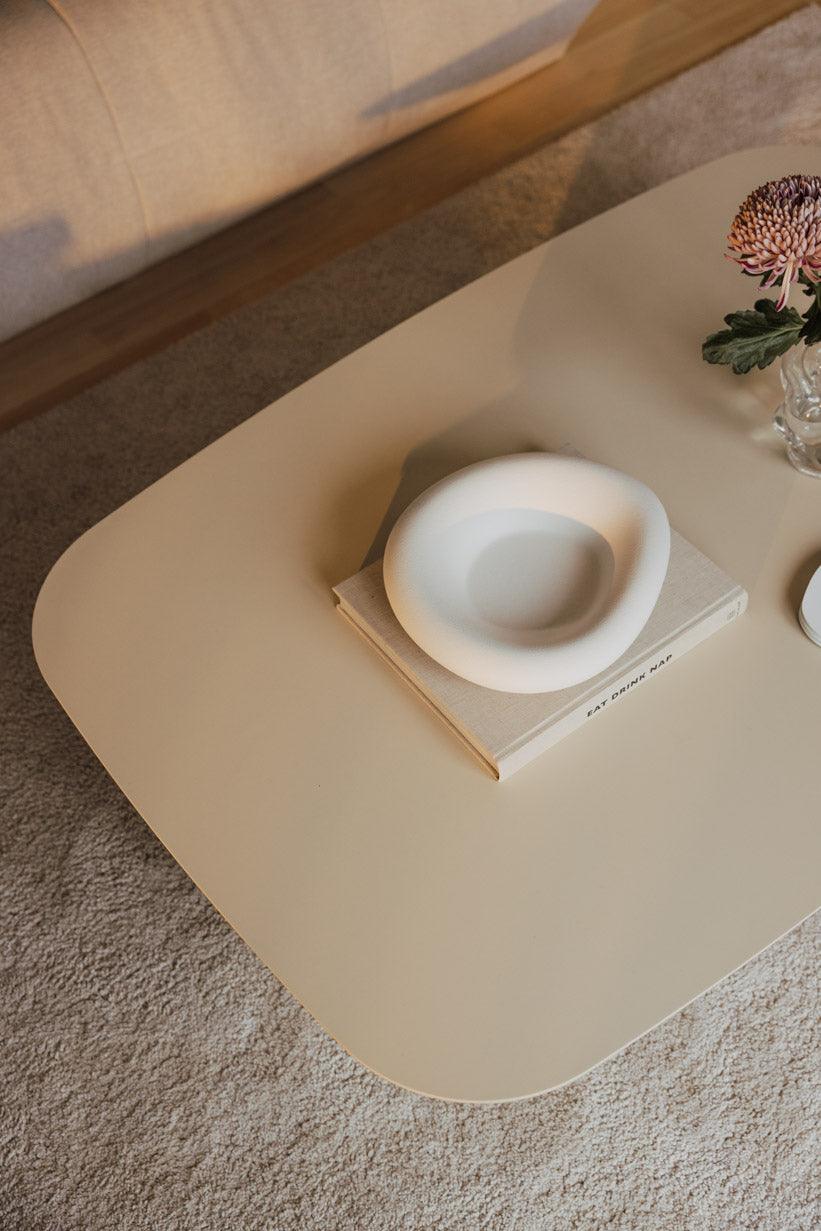
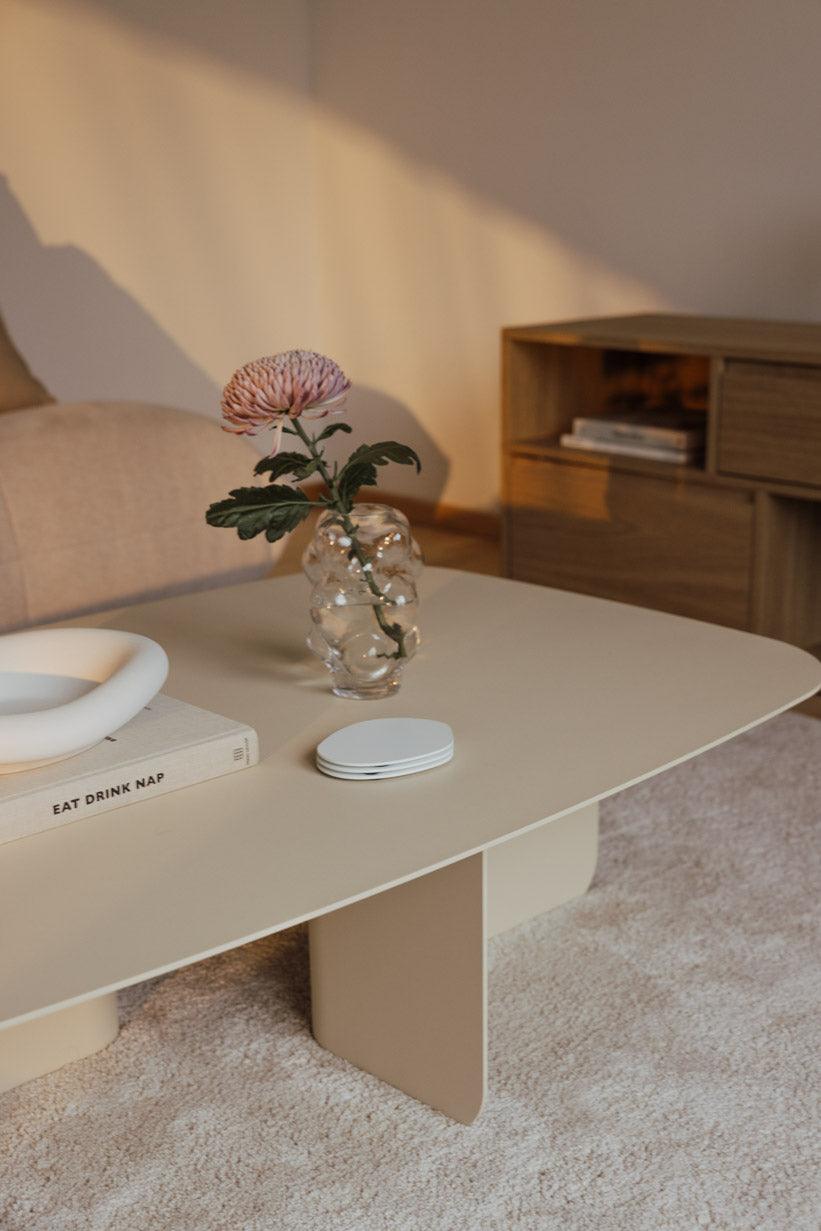
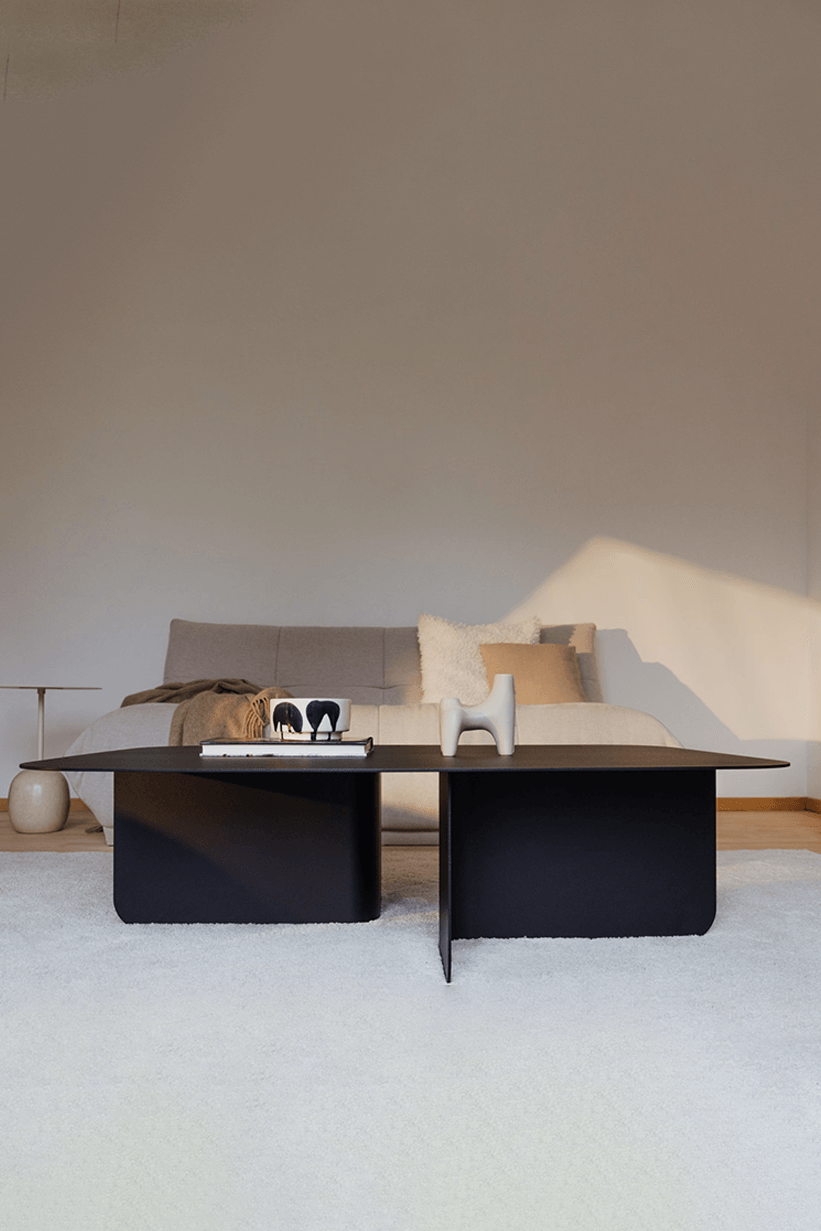
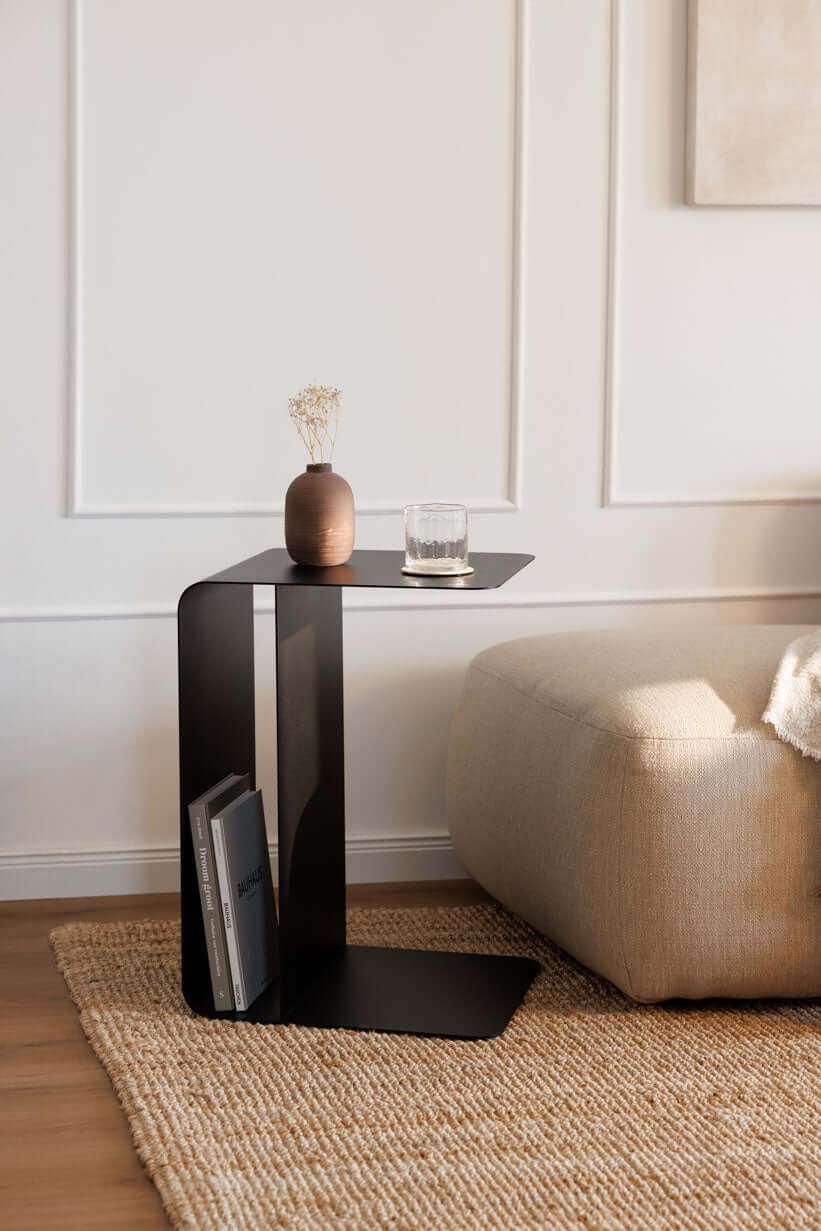
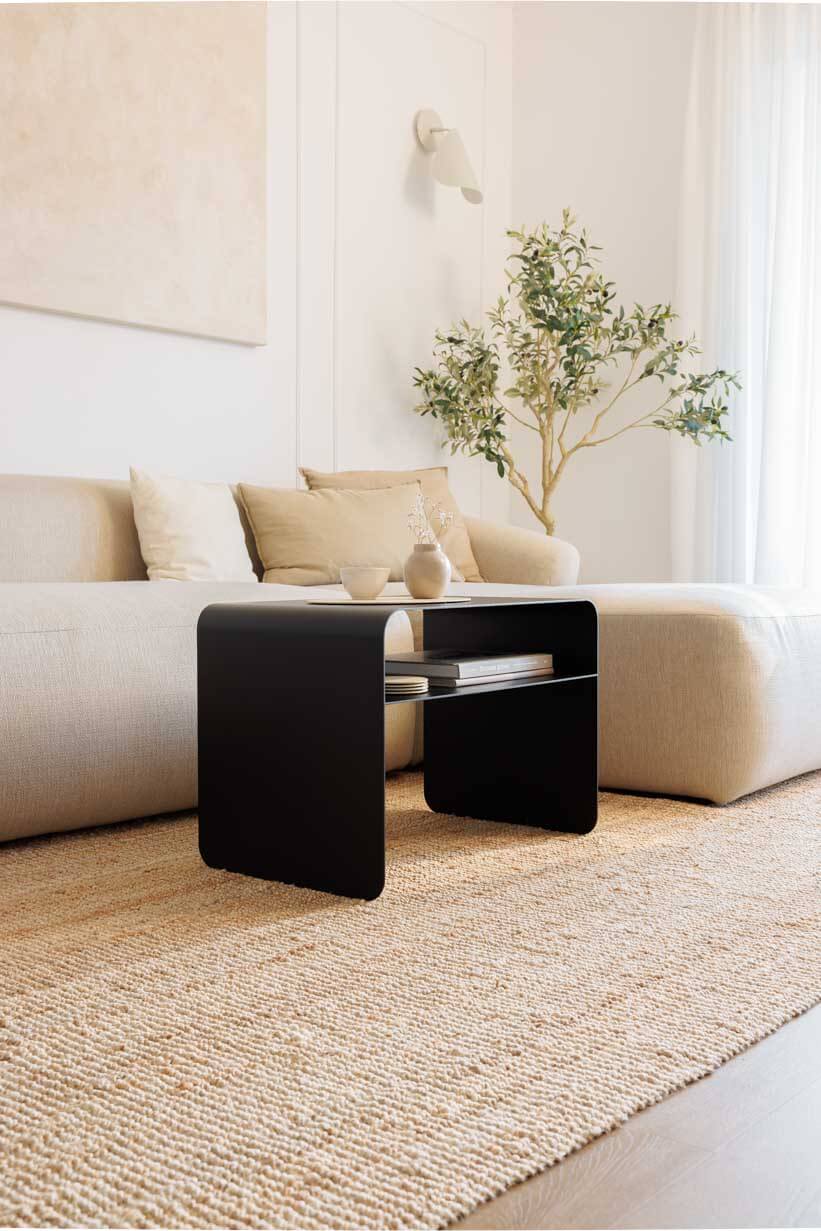
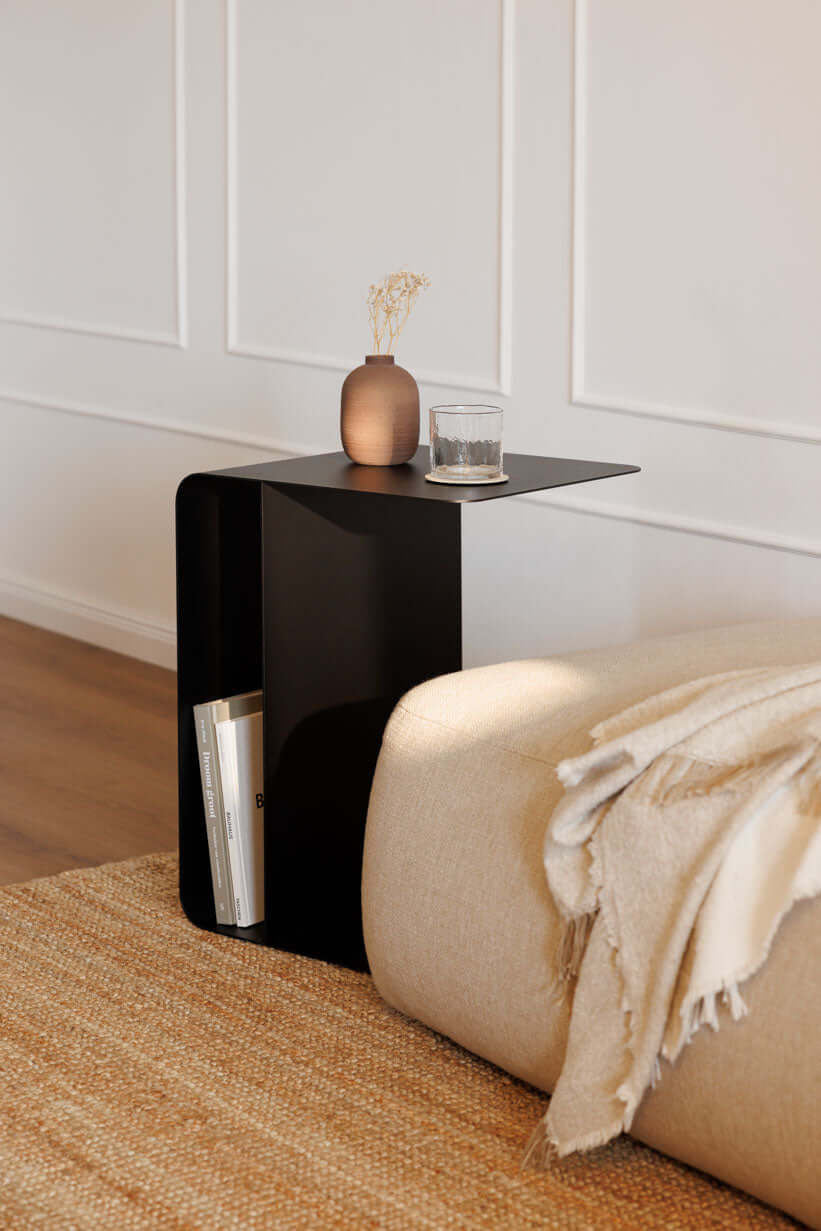
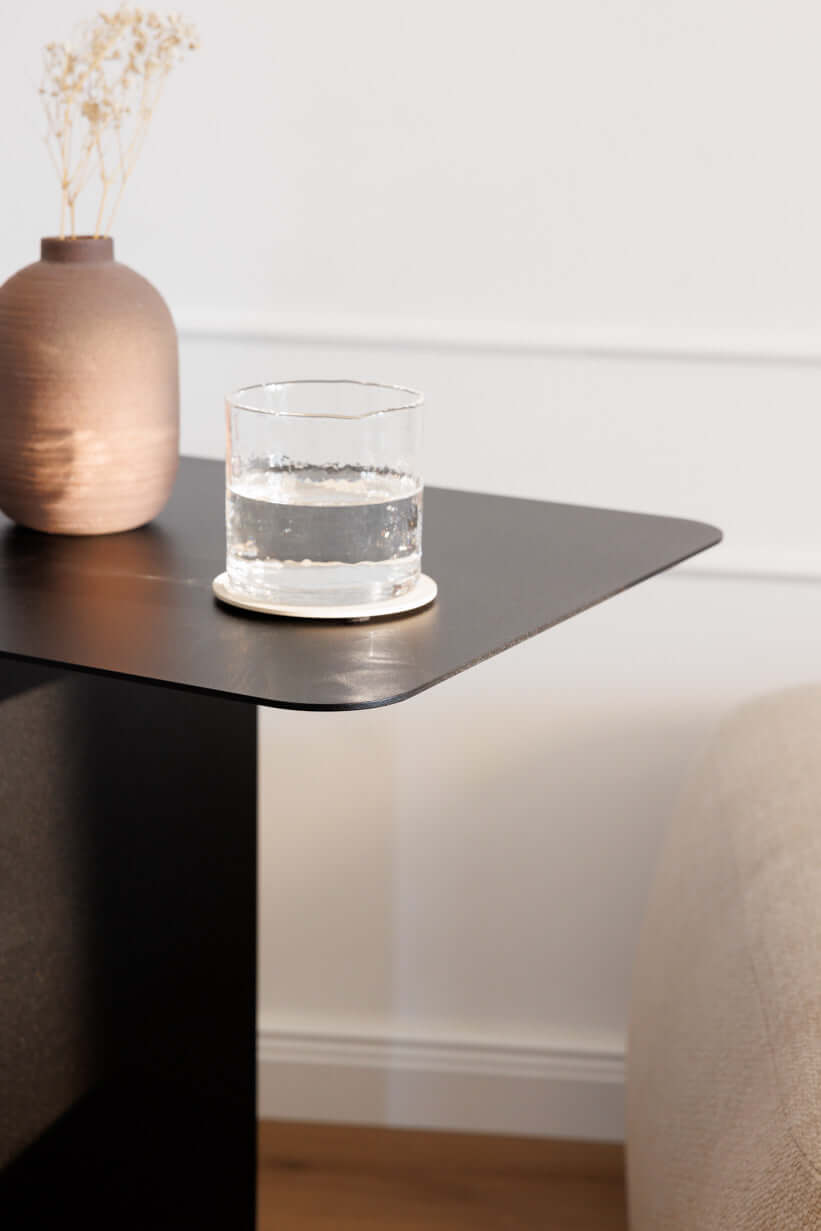
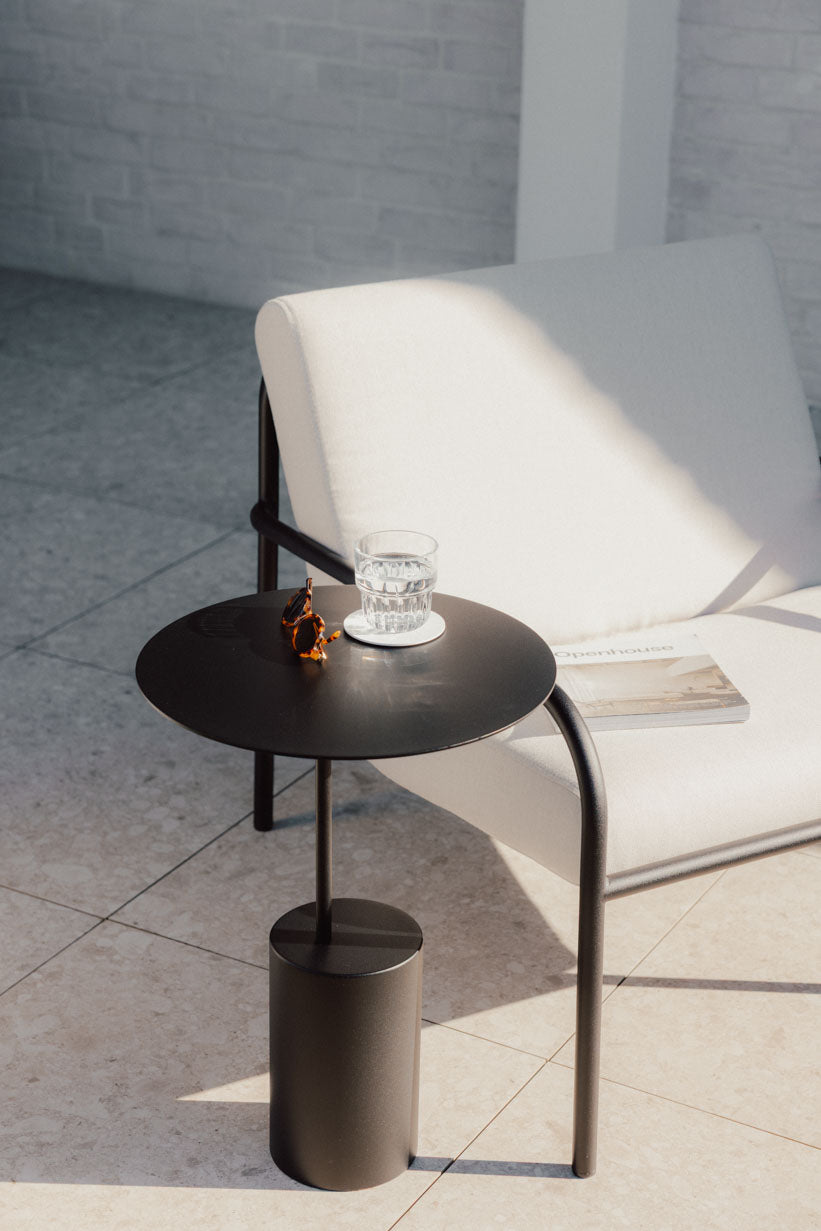
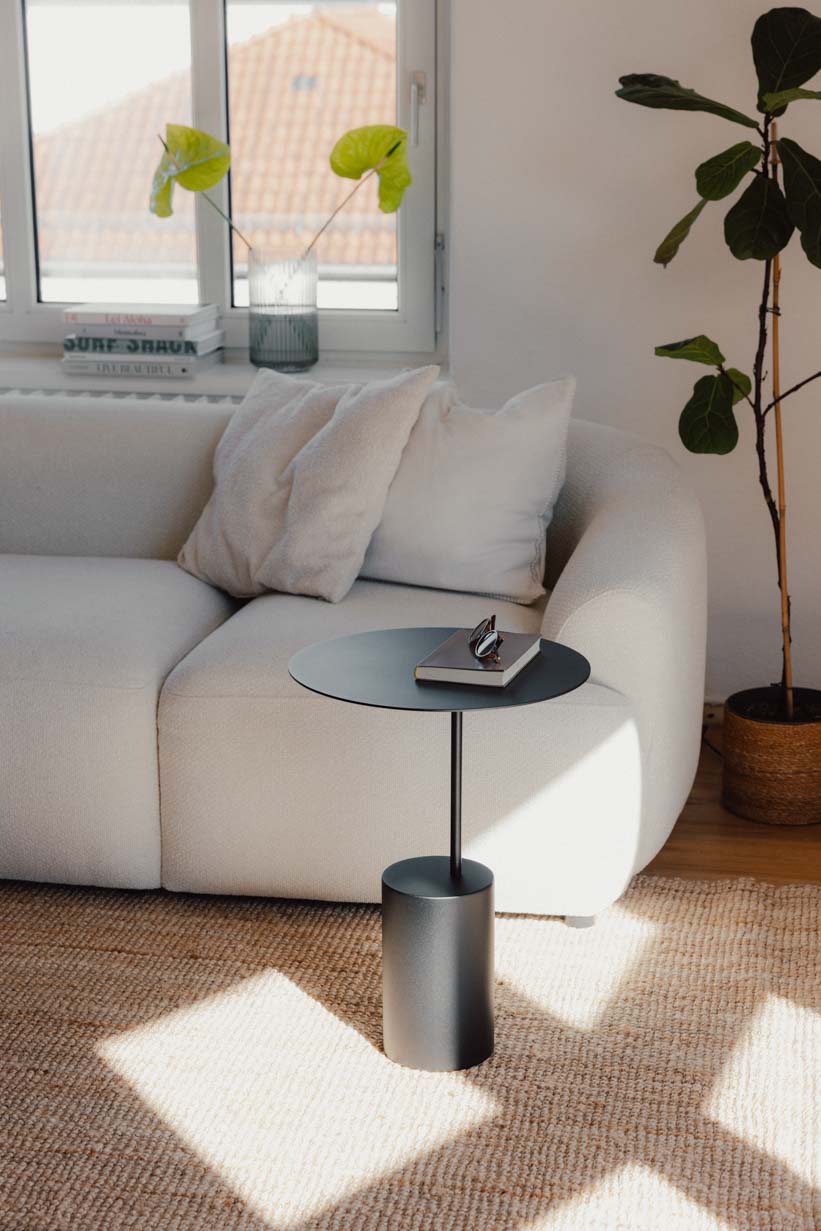
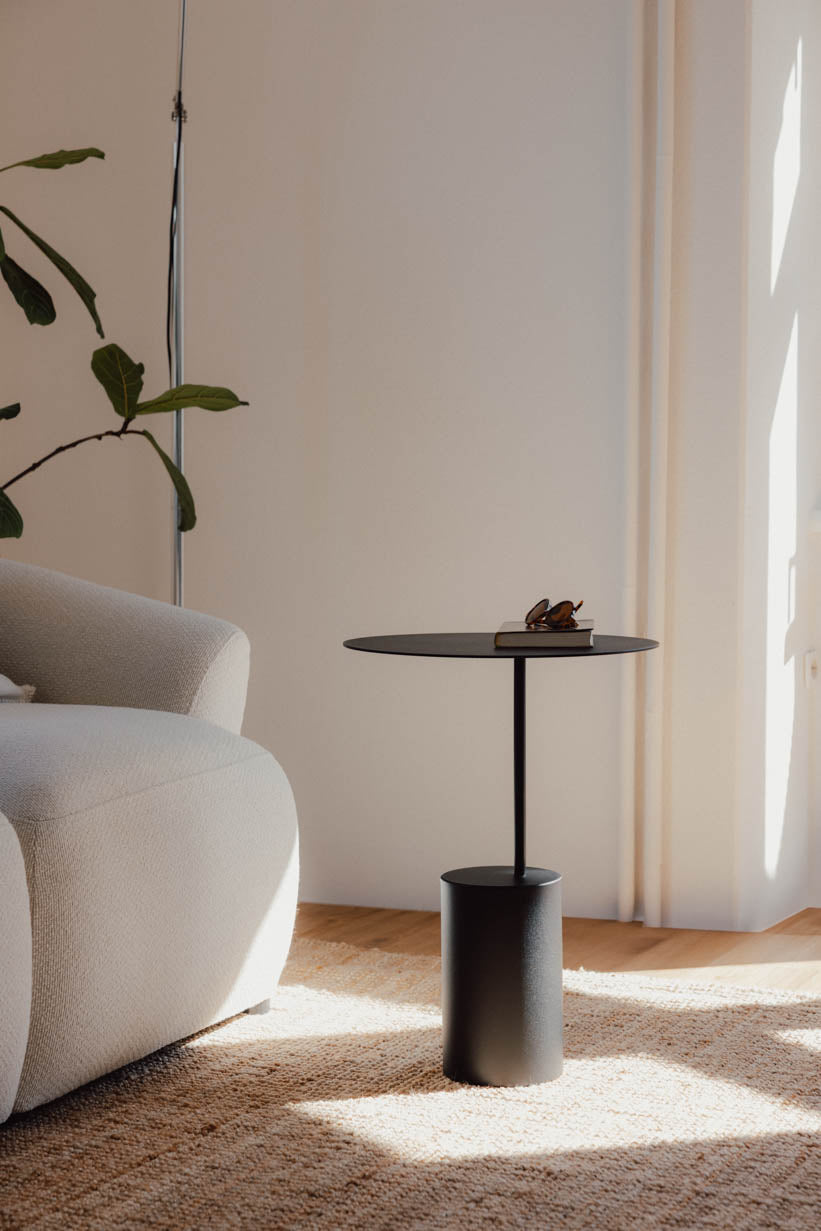
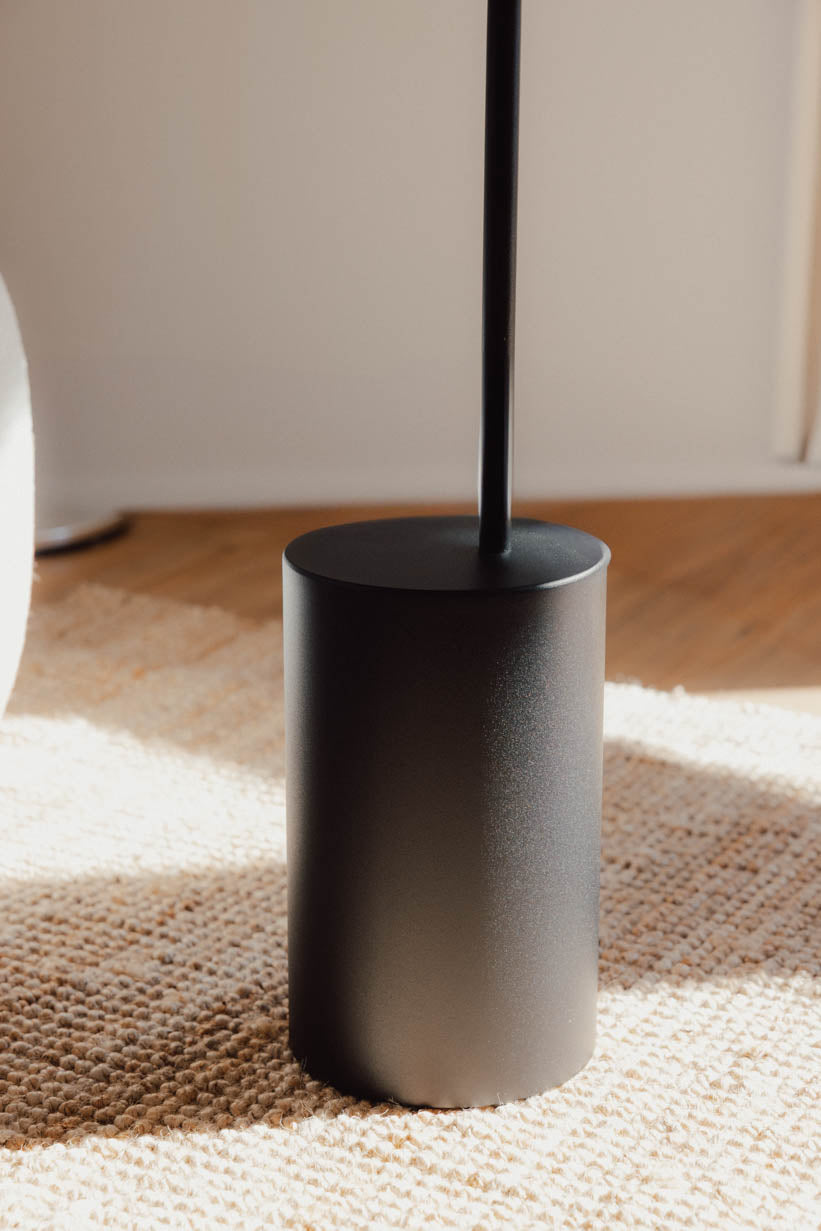
Share:
Summer colors for the living room:
Dopamin Decor